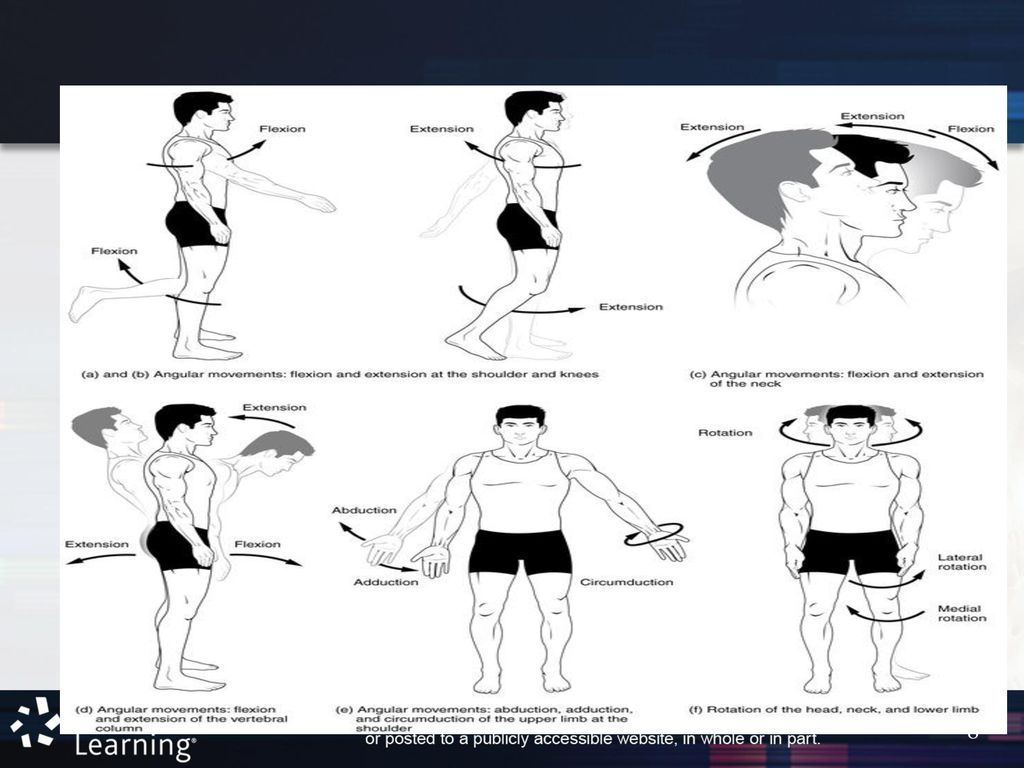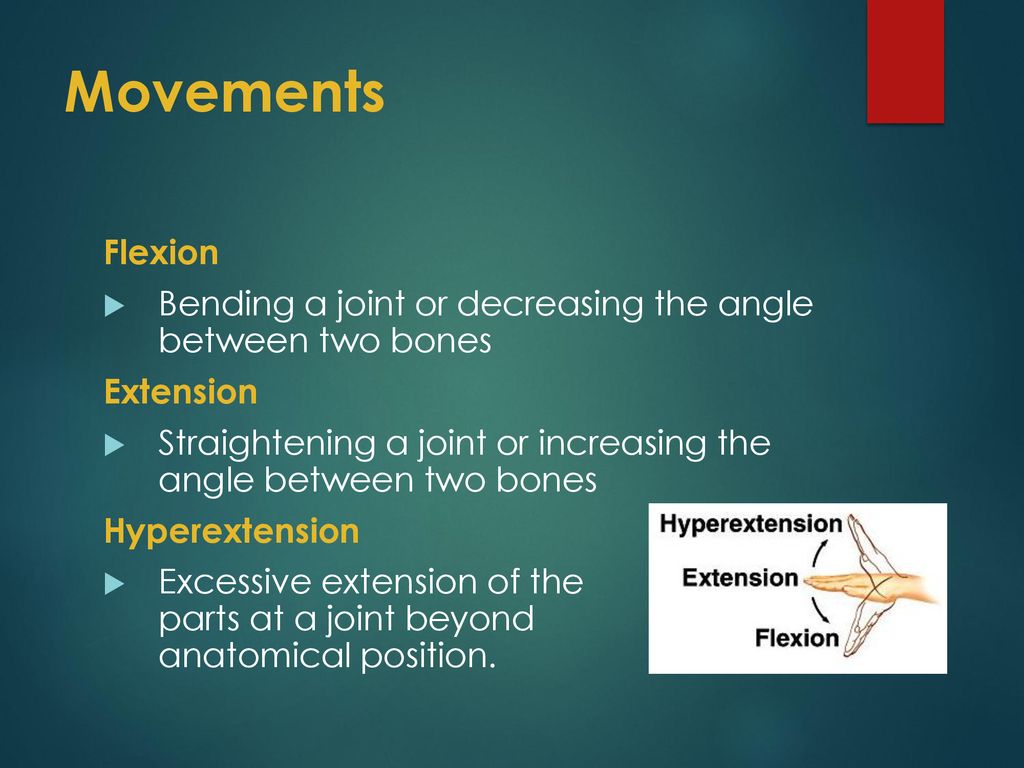The Act Of Increasing The Angle Between Bones Is

Emergency rooms nationwide are reporting a surge in cases of musculoskeletal injuries, specifically related to what medical professionals are terming "excessive joint extension." This alarming trend requires immediate attention and a coordinated public health response.
This article details the observed increase in injuries linked to overextending joints, the impacted populations, and the urgent call for preventative measures.
The Surge in Joint Extension Injuries
Hospitals across the United States have documented a significant rise in patients presenting with pain and limited mobility. The common factor? Excessive joint extension, particularly affecting the knees, elbows, and spine.
Data from the Centers for Disease Control and Prevention (CDC) indicates a 35% increase in related emergency room visits in the last six months. These injuries range from mild sprains to severe ligament tears requiring surgical intervention.
The geographical distribution of these incidents is widespread, with no single region disproportionately affected. However, urban areas with a higher concentration of gyms and recreational sports facilities are showing slightly elevated rates.
Who is Affected?
While individuals of all ages are susceptible, certain groups are demonstrating a higher propensity for these injuries. Adolescents and young adults participating in sports, particularly gymnastics and dance, are a high-risk category.
Older adults with pre-existing joint conditions like arthritis are also experiencing increased vulnerability. Even seemingly innocuous activities are proving problematic when exceeding the joint’s natural range of motion.
Furthermore, data shows a correlation between joint extension injuries and individuals engaging in unsupervised or improperly instructed fitness routines.
The Mechanics of Injury
Joint extension, the act of increasing the angle between bones, is a fundamental movement. Problems arise when this action exceeds the physiological limits of the joint.
Overextension can strain or tear ligaments, damage cartilage, and even lead to bone fractures. The severity of the injury depends on the force applied and the individual's underlying musculoskeletal health.
Symptoms often include sharp pain, swelling, bruising, and an inability to bear weight or move the affected limb. Prompt medical attention is crucial to prevent long-term complications.
The Role of Physical Activity and Training
Many injuries stem from improper warm-up routines before exercise. Insufficiently prepared muscles are more susceptible to strain when subjected to sudden or forceful joint extension.
Overzealous training regimens, particularly those focused on flexibility without adequate strength training, also contribute. A balanced approach is necessary to protect joint integrity.
Inadequate supervision during sports and fitness activities is another significant factor. Correct form and technique are essential to minimize the risk of injury.
The Need for Preventative Measures
The medical community is calling for immediate action to curb this alarming trend. Increased public awareness campaigns are deemed essential to educate individuals about the risks of excessive joint extension.
Healthcare providers are urged to emphasize proper warm-up techniques and the importance of balanced exercise routines during patient consultations. Targeted education for coaches and trainers is also recommended.
Dr. Emily Carter, a leading orthopedic surgeon, stated, "We must prioritize education and prevention. Understanding the limits of your joints and practicing proper form can significantly reduce the risk of these debilitating injuries."
Public Health Response
The CDC is launching a national awareness campaign focused on safe exercise practices and joint extension safety. This includes online resources, public service announcements, and partnerships with fitness organizations.
The National Institutes of Health (NIH) are funding research to better understand the biomechanics of joint injuries and develop more effective prevention strategies. This will provide better data for future interventions.
Hospitals are preparing for a continued influx of patients with related injuries. Emergency departments are being equipped to handle these cases efficiently.
Looking Ahead
The CDC will continue to monitor the incidence of joint extension injuries and adjust its public health response accordingly. Updated guidelines for exercise and training are expected in the coming months.
The American Academy of Orthopaedic Surgeons (AAOS) is hosting a series of webinars for healthcare professionals on the latest advancements in the diagnosis and treatment of these injuries.
Individuals experiencing joint pain or limited mobility are urged to seek immediate medical attention. Early diagnosis and treatment are crucial for optimal recovery.



+~+increasing+the+angle+between+two+bones+and+body+part.jpg)

+~+decreasing+the+angle+between+two+bones+and+body+part.jpg)



+~+increasing+the+angle+between+two+bones+and+body+part.jpg)








